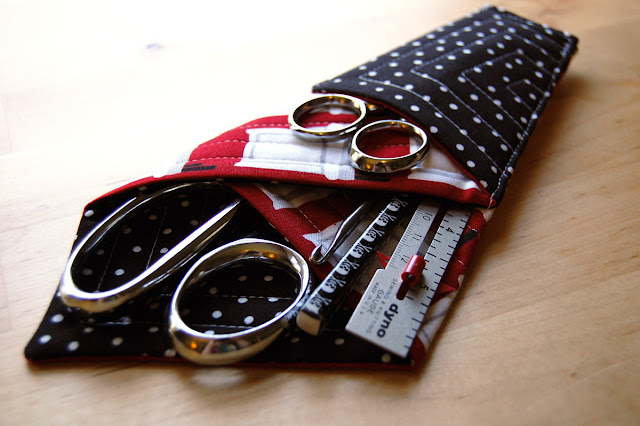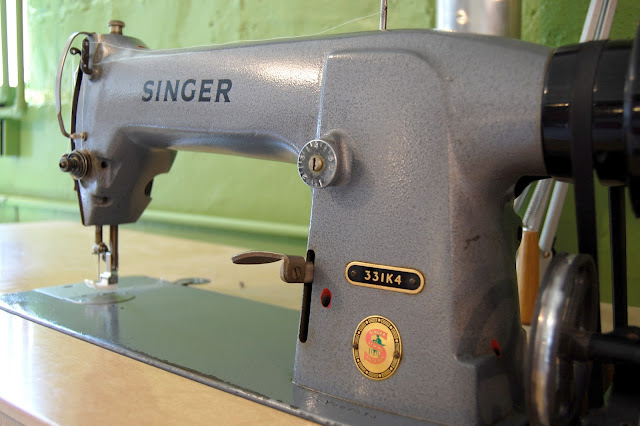Who Was Faber Birren?
In our exploration of 300+ Years of Color Theory, the name Faber Birren will start to appear often. So, before moving forward through our color theory reading list, let’s pause to discover the contributions made to the study of color by Birren.
Here are a few of my favorite Birren quotes on color:
"The story of color is almost the story of civilization. There is hardly a trace of primitive man dug from cavern or tomb that does not reveal a glint of hue."
-Faber Birren
"Man's love for the spectrum is essentially primitive. Red, yellow, green, blue are eternal appeals. Within his being stretch taut chords which for centuries have thrummed exotic melodies. Through mysticism, religion, philosophy, science, psychology he has struggled to define them."
-Faber Birren
"The story of color is almost the story of civilization. There is hardly a trace of primitive man dug from cavern or tomb that does not reveal a glint of hue."
-Faber Birren
"Man's love for the spectrum is essentially primitive. Red, yellow, green, blue are eternal appeals. Within his being stretch taut chords which for centuries have thrummed exotic melodies. Through mysticism, religion, philosophy, science, psychology he has struggled to define them."
-Faber Birren
Born in Chicago on September 11, 1900, to artistic parents, Faber Birren studied first at the Art Institute of Chicago and earned a degree from the University of Chicago. He became one of the foremost Color Experts of his time, influencing color in our world through consulting with companies in the private sector and several departments in the US Government. Birren's legacy has been brightening our American workspaces to help us work safer with less fatigue, bringing soothing colors into our hospitals to help us heal and feel better, and to bring more light and energetic colors into our schools to help us learn better with less eye strain and fatigue. If you've ever seen machinery in a factory painted specifically to highlight areas that are dangerous, or have seen safety margins painted on the floor in yellow around machinery, then you've seen the work of Faber Birren.
In addition to his expertise with colors, he was obsessed with all aspects of how humans experience color; from ancient philosopher's ideas on color and religious connotations to how color is used in art and the latest scientific discoveries about color and human perception in Birren's time. He collected anything and everything he could get his hands on regarding human experience with color and amassed a huge collection of over 600 books on the subject.
In addition to his expertise with colors, he was obsessed with all aspects of how humans experience color; from ancient philosopher's ideas on color and religious connotations to how color is used in art and the latest scientific discoveries about color and human perception in Birren's time. He collected anything and everything he could get his hands on regarding human experience with color and amassed a huge collection of over 600 books on the subject.
His mass collecting on the subject of color included piles of books on Color Theory, including many masterworks by the most noted color theorists that preceded him. He became a prolific author, publishing several of his own books on the subject such as Principles of Color, Color Perception in Art, and Creative Color. By the time of his death, he had written 250 articles and 40 books, all about color!
Birren also experimented directly with color through paintings which expertly illustrated the color theories, relationships and optical illusions he studied (like the painting above).
Birren also experimented directly with color through paintings which expertly illustrated the color theories, relationships and optical illusions he studied (like the painting above).
Although some of Birren’s own books are included in this color theory reading list, he played an even more important role in the study of color theory. He dedicated himself to republishing color theory books out-of-print in his day. All of the Birren reprinted volumes include invaluable edits, notes, and biographical information that add to the understanding of the original material.
What’s most awesome about these books is that you’re more likely to run across a Birren edited copy than an original, which means you’ll still have the chance to read a color theory book by one of the masters.
So while we’ll look forward to reading some of Birren’s own ideas in his books soon, we can start enjoying his insights immediately as the next book on the reading list, The Principles of Harmony and Contrast ofColors and Their Applications to the Arts by M. E. Chevreul. This is a revised Birren edition including a special introduction and extra commentary and is still considered one of the most important books on color theory today.





Comments